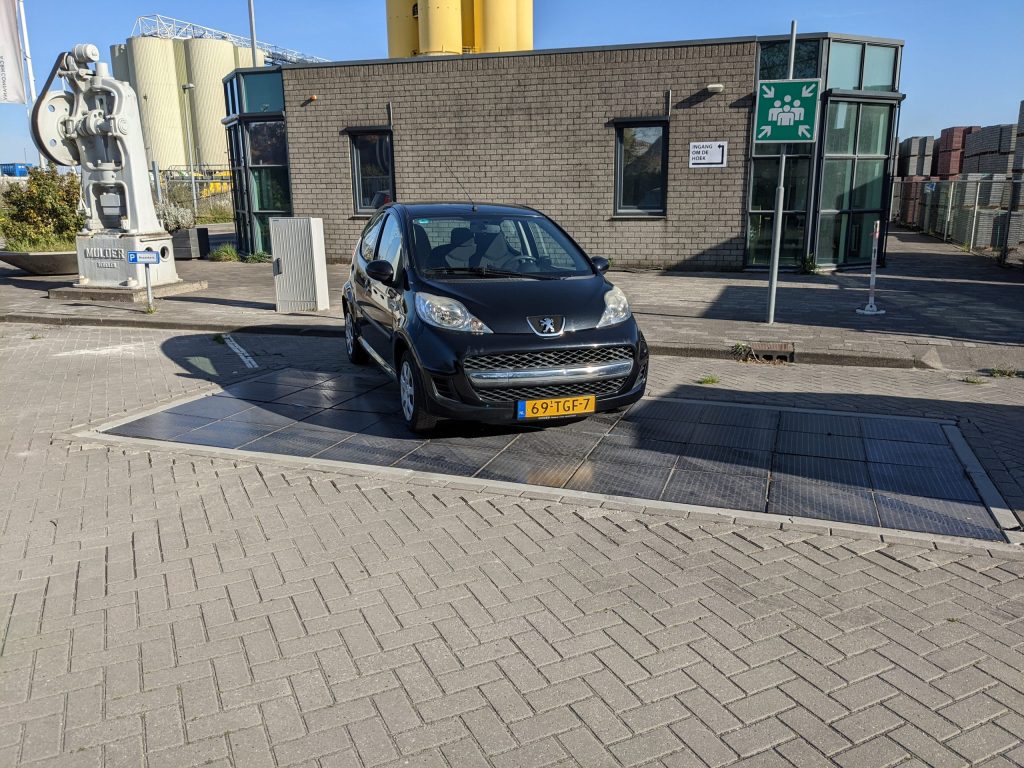The opportunity
In 2022, the office of the company Struyk Verwo, located in Amsterdam (Netherlands) and part of the CRH Group, decided to implement a self-consumption installation using the Arena X solar pavement. The goal was to test its resistance and durability in a challenging environment for pavement: a vehicle parking area.
Parking areas are often an ideal location for the installation of photovoltaic solutions, as the carport structures can be used to mount solar panels. However, there are scenarios where installing carports is not feasible due to various reasons:
Plus High initial cost: The installation of solar carports can require a significant investment.
Structural load: The carports must be resistant to wind, rain, snow, etc. In areas with extreme weather conditions, this increases the cost or complicates their design.
Permits and regulations: Depending on the country or city, obtaining the necessary permits (urban planning, environmental impact, etc.) can be complicated.
Therefore, in parking areas where installing solar carports is not feasible and the occupancy rate is low, it may be worthwhile to install solar pavement that generates energy while the parking space is not in use.
The Project
The office has an installed peak power of 1.3 kWp, which corresponds to eight square meters of solar pavement. The installed power is low because, as mentioned earlier, this is a pilot project aimed at testing the pavement’s performance under the loads and wear caused by vehicle parking.
Although the nature of the space used results in lower electricity generation when a vehicle is parked on the pavement, the system performs comparably to a standard photovoltaic panel, as we can see in the following graph.
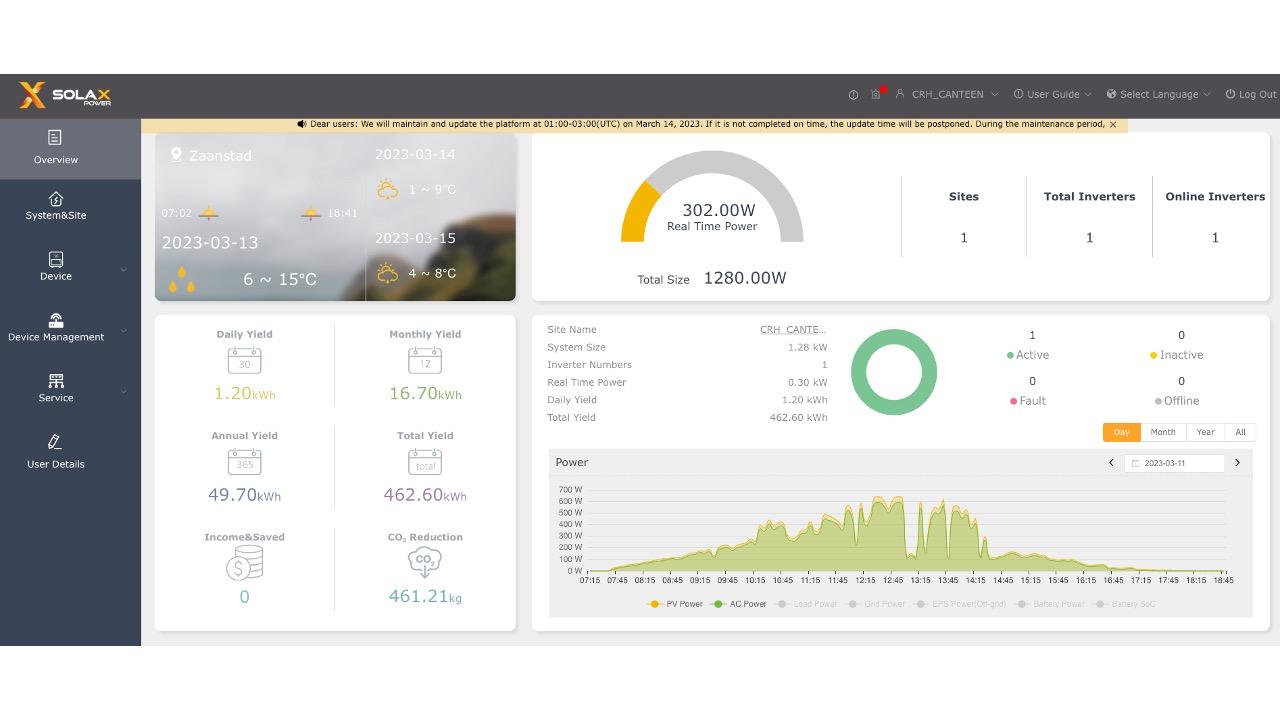
After the first 6 months of operation, production data has been collected as shown in the following image, with the highest output recorded in July, reaching 142.3 kWh.
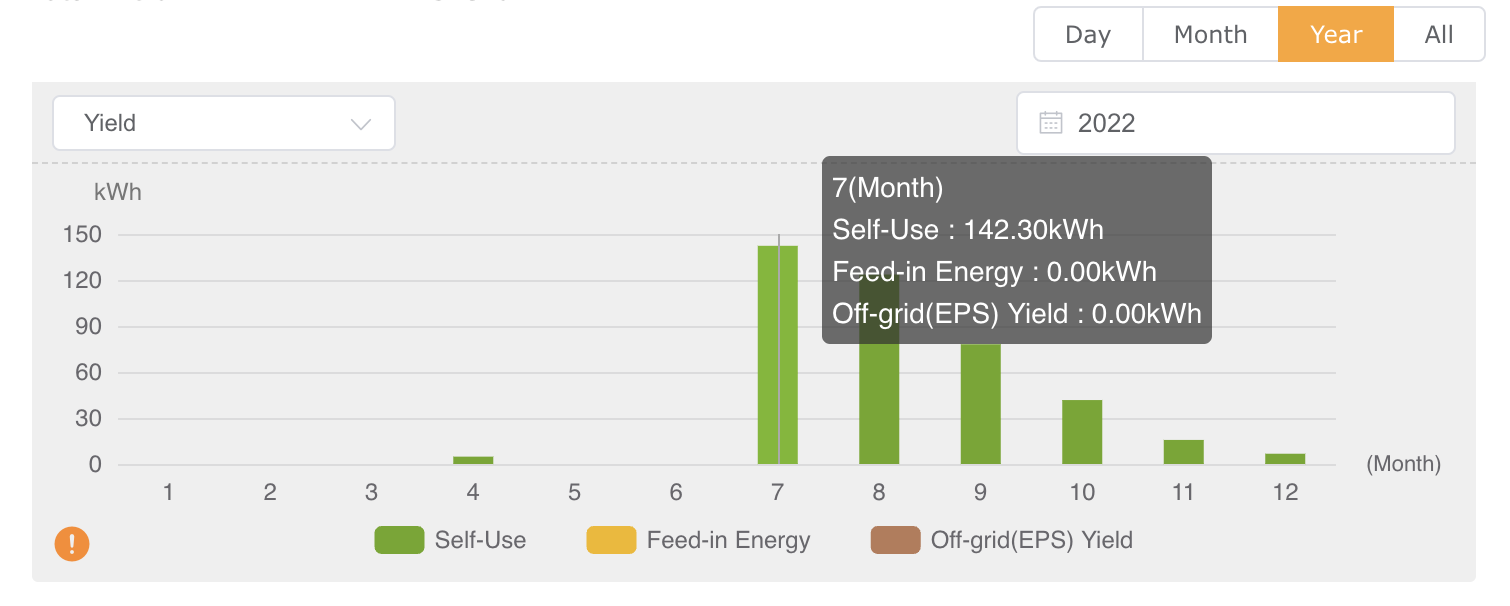
In the following graph, the photovoltaic generation of a conventional solar panel installation has been simulated using the European Commission’s PVGIS tool. The simulation shows a production level similar to that achieved in the project.
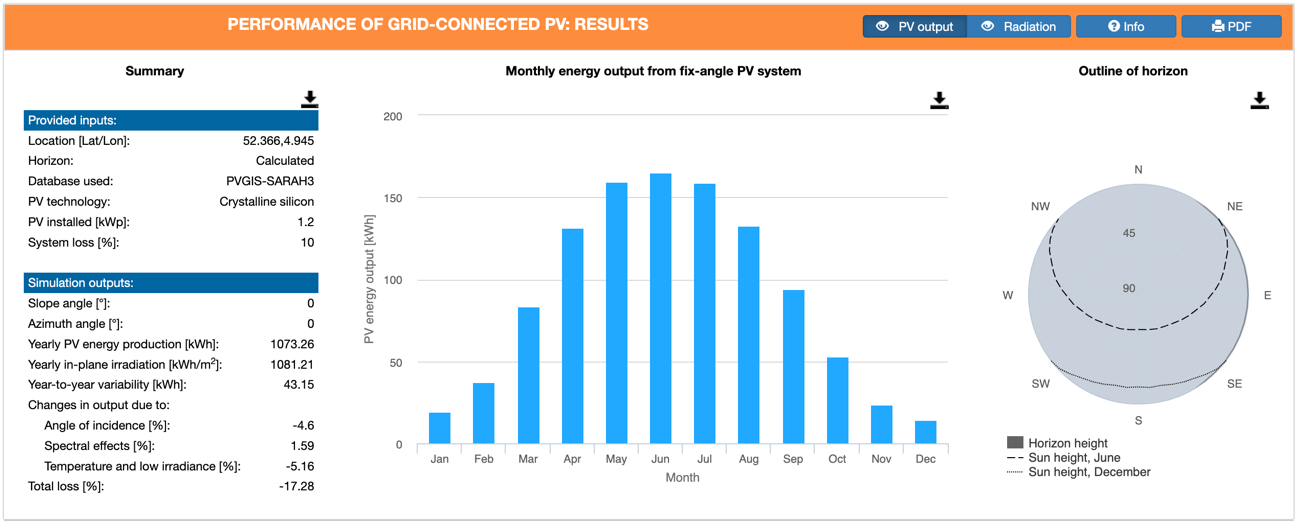
Therefore, we can conclude that the Arena X photovoltaic pavement possesses the necessary strength characteristics to withstand the parking of utility vehicles without compromising its electricity production. Additionally, the Arena X photovoltaic pavement is suitable for urban pedestrian areas and is currently being tested as a solution for solar bike lanes under the European project Smile City.
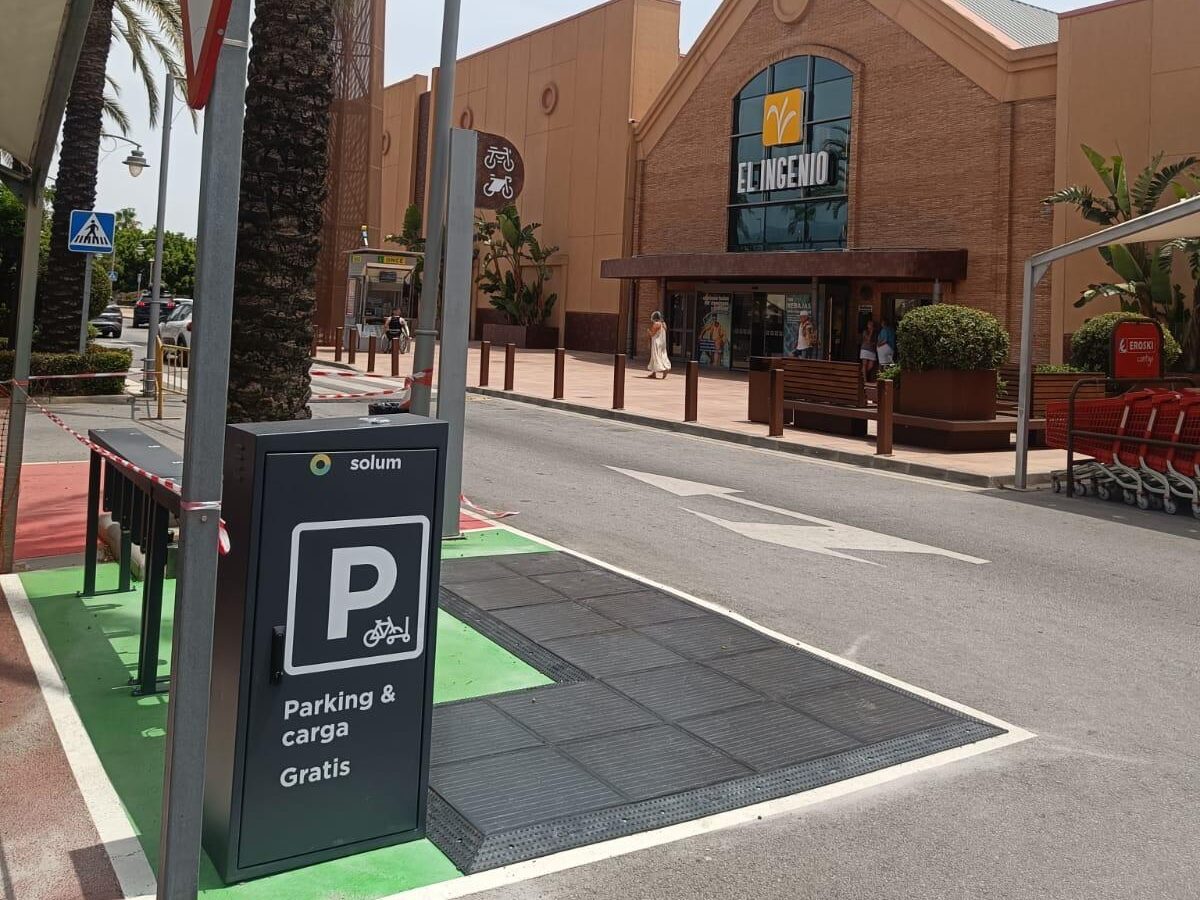
Solar urban furniture
Since 2022, the company Solum has also been using the Arena X photovoltaic pavement as a power supply system for its personal mobility vehicle charging stations. This solution has been installed in over 50 charging stations located in various urban areas.






